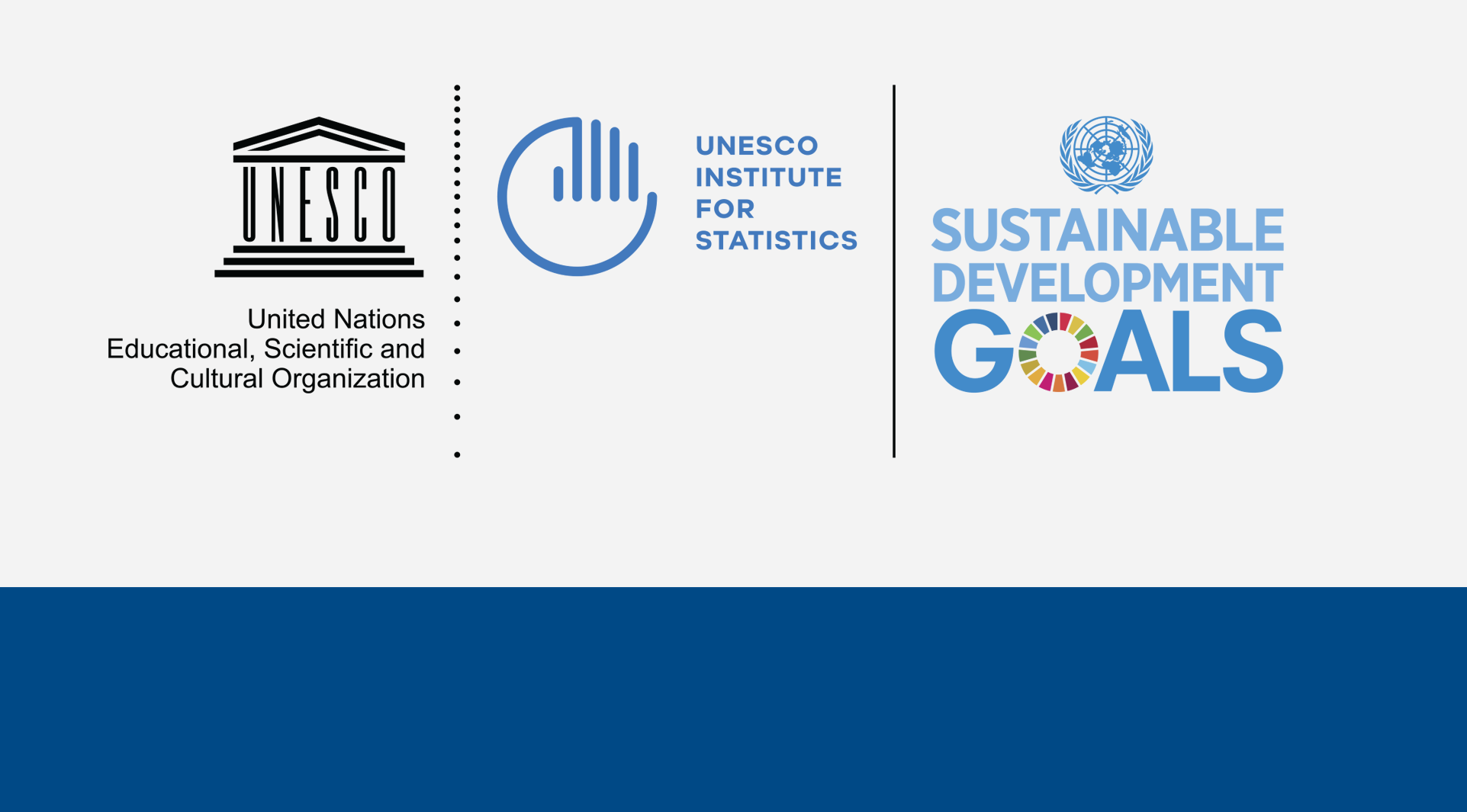UNESCO Institute for Statistics to release its largest education data of the year
The key to innovation lies in high-quality data. This is why the entire team at the UNESCO Institute for Statistics (UIS) is getting ready for its most important education data release of the year. On 26 September, UIS will be publishing about 32 global and thematic indicators to monitor progress towards Sustainable Development Goal 4 while updating its entire global education database for the school year ending in 2017. The release will include historical time series and regional averages on a range of critical policy issues related to access, participation and completion by education level, learning outcomes, equity, teachers and education financing.
A global positioning system for girls’ education
Silvia Montoya, Director of the UNESCO Institute for Statistics said: “I like to think of UIS data as a Global Positioning System (GPS), designed to help countries, agencies, donors and civil society groups direct every policy and dollar spent on education towards the goal of getting all children in school and learning by 2030”. Consider the issue of girls’ education and the barriers they continue to face in many countries. Just about every UIS education indicator is broken down by sex. We also produce gender parity indices for key issues – like primary enrolment or out-of-school rates. With this GPS for girls’ education, policymakers and planners in countries can see the gaps right from the start in pre-primary education and track the trends all the way to the level of researchers in a particular field of study.
By using UIS data on education spending, donors can see which countries are devoting the highest – and lowest – shares of GDP to education. They can also see the extent to which households are shouldering the financial burden of their children’s education.
The UIS is also getting ready to publish some new SDG 4 indicators. With equity at the heart of the SDG 4, this release includes more parity indices showing the extent to which socio-economic status or location can shape a child’s access to education or learning outcomes. For the first time, we will be publishing data on the extent to which countries are integrating global citizenship and sustainable development in their curricula, education policies and teacher training programmes.
Mind the gap
There are, however, gaps in the database. According to UIS estimates, countries are only able to report about half of the data needed to calculate the SDG global monitoring indicators. In fact, not only are they struggling with the new indicators but many countries cannot even report the data for core indicators, like out-of-school numbers, let alone the more complex indicators on equity or education spending, which require countries to report data from multiple sources of information according to international standards.
The good news is that donors are steadily recognizing the need to fund data at the country and global levels. On the one hand, we have the Governments of Australia, Canada, Norway, Sweden and the United Kingdom, among others, helping the UIS to develop the surveys, standards and methodologies needed by countries to report and use high-quality data. They are also working with partners such as the Global Partnership for Education (GPE), which is helping countries strengthen their education management information systems and implement learning assessments. At the same time, the GPE is launching new initiatives, such as the Knowledge and Innovation Exchange to build a global public good of data.
Levering investments with data
Every donor has their own specific requirements and objectives but they all need good data and standards to evaluate their options and leverage their investments. This is why the UIS is working with countries and donors to clearly identify gaps in data quality and opportunities for capacity development. In short, we want to help lay the foundations for sound investments by developing the standards, guidelines and methodologies needed by countries and donors get the data they need to achieve their goals.
For example, through the Cap-Ed programme, we offer a range of tools to help countries evaluate the quality of their data and systems while building their own national strategies for the development of education statistics. These tools serve as a roadmap for countries and donors, when discussing potential projects and support.
Another key priority is to help countries use a wider range of existing data sources. For example, UIS quick guides help countries strengthen their learning assessments while making the most of the resulting data for policymaking and monitoring purposes. By working with partners across the UN system, we are developing common standards so that countries can make greater use of household survey data and produce indicators on equity so that no one is left behind.
Ultimately, the trick lies in making wise of all the data and statistical tools to help countries and donors evaluate their options and provide some quality-control mechanisms for their investments. In my mind, this is the basis for a truly innovative approach to revolutionize learning.

